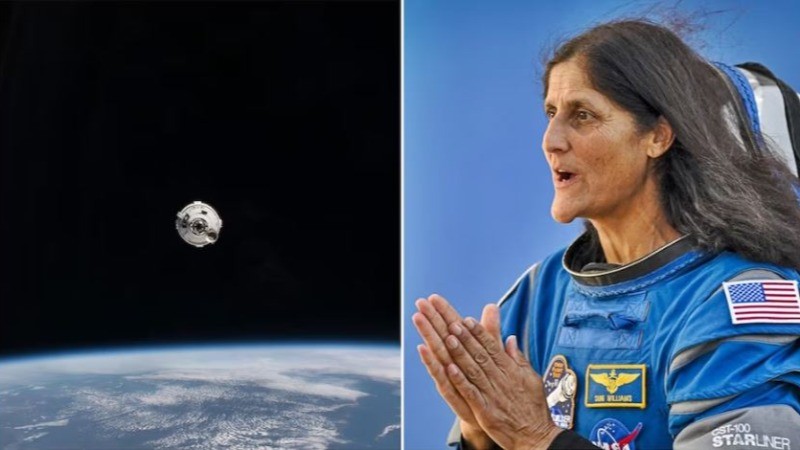
National Aeronautics and Space Administration (NASA) has confirmed that astronauts Sunita Williams and Barry Wilmore, who launched aboard Boeing’s Starliner spacecraft on June 5, 2024, will remain on the International Space Station (ISS) until early 2025. This decision follows ongoing technical challenges with the spacecraft, which have prevented their safe return.
Initially intended for a brief stay for testing, the mission has faced significant hurdles, including helium leaks and control thruster failures. Due to these issues, NASA decided it was safer to return the Starliner to Earth without the astronauts. The spacecraft successfully landed in New Mexico on September 6, 2024, leaving Williams and Wilmore on the ISS.
Mission Challenges and NASA's Response
The Boeing Starliner mission aimed to test the spacecraft's capabilities for future human spaceflights. NASA's goal was to ensure the vehicle's safety while conducting scientific experiments on the ISS. However, given the technical complications, the agency opted against risking the astronauts' safety by attempting a return flight.
NASA Administrator Bill Nelson emphasized the inherent risks of spaceflight, particularly during test missions. He reiterated that safety is the agency's primary concern, referencing past tragedies such as the 2003 Columbia shuttle disaster.
Life on the ISS
Despite the unexpected extension of their mission, Sunita Williams and Barry Wilmore have continued their work aboard the ISS. Williams, a highly experienced astronaut with 322 days in space over three missions, is known for her record-setting spacewalks. Wilmore, a retired US Navy Captain, has completed two spaceflights totaling 178 days. Both astronauts remain in good spirits, focusing on collecting valuable data that contributes to NASA's long-term space exploration goals.
NASA has now confirmed that their return will utilize SpaceX’s Dragon capsule, which successfully docked with the ISS on September 29, 2024. This transition to the Dragon spacecraft underscores NASA’s commitment to safety, as the astronauts are not in immediate danger during this extended mission.
Misinformation on Social Media
Recently, a viral video suggested that Sunita Williams would return to Earth after 127 days in space. This video, however, is outdated and not related to her current mission. Originally posted on NASA's YouTube channel in 2012, the video features Williams giving a tour of the ISS during a previous expedition.
NASA has clarified that Williams is actively engaged in her mission and will not return until 2025. The original mission was supposed to last only 10 days after the Starliner docked, but it has now been extended due to the spacecraft's technical difficulties.
Looking Ahead
Despite the challenges, both astronauts continue to exemplify resilience and dedication. Their extended stay on the ISS not only allows for essential data collection but also highlights the significance of safety and adaptability in space exploration. As NASA prepares for their return on the SpaceX Dragon capsule, the mission serves as a reminder of the complexities involved in human spaceflight.
With their return now scheduled for early 2025, Sunita Williams and Barry Wilmore remain crucial to NASA's efforts in advancing space exploration and inspiring future generations of astronauts.